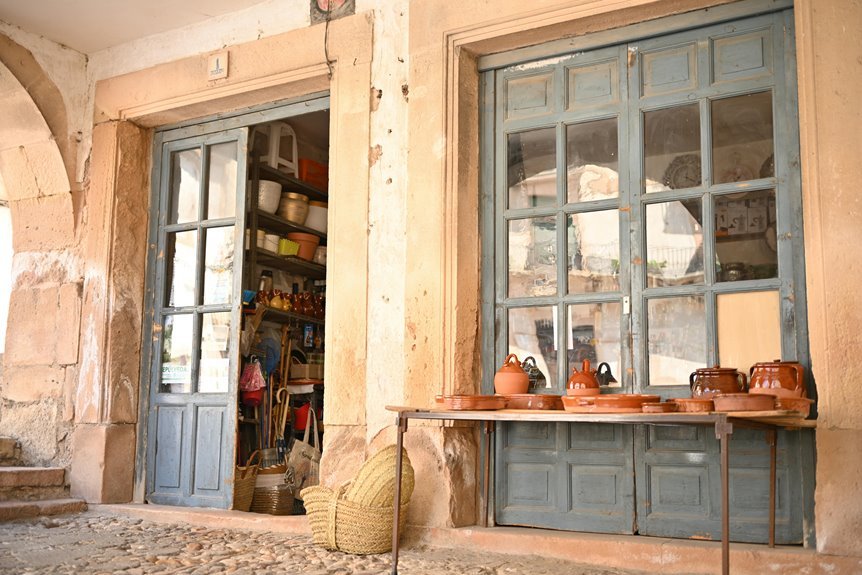
How Old Was Dario Sepulveda When He Died : Timeline and Facts
Dario Sepulveda's life spanned 57 years, marked by rich cultural influences and personal challenges. His passing raised questions about the circumstances surrounding his health struggles. Friends and family expressed concern in his final years, hinting at deeper issues. Speculation about his death amplified, reflecting the impact he had on his community. What events led to this pivotal moment, and how did his legacy shape discussions on freedom and equity?
Early Life and Background
Dario Sepulveda's early life and background are often characterized by a blend of cultural influences and personal experiences.
His family upbringing played a crucial role in shaping his worldview, with diverse traditions enriching his childhood.
These childhood influences sparked a curiosity that drove him to explore various avenues of thought and expression, ultimately framing his unique identity and perspective on freedom and life.
Key Events Leading Up to His Death
As the years progressed, a series of pivotal events began to shape Sepulveda's life, ultimately culminating in his untimely death.
His final years were marked by significant health struggles that impacted his daily activities and overall well-being. Friends and family noted a decline in his vitality, raising concerns about his health and future, as he navigated these challenges with resilience and determination.
Circumstances of Dario Sepulveda's Passing
Although the exact circumstances surrounding Dario Sepulveda's passing remain shrouded in some ambiguity, it is clear that a culmination of health issues played a critical role in his final days.
The mystery surrounding his decline sparked significant public reactions, prompting speculation and concern among those who admired him.
Ultimately, the details of his passing have left many questions unanswered.
Legacy and Impact on Society
The impact of Dario Sepulveda's life and work resonates deeply within various sectors of society, prompting reflection on his contributions.
His cultural influence is notable, as he inspired artistic movements and social activism.
Furthermore, his societal contributions fostered dialogue on pressing issues, encouraging a collective pursuit of freedom and equity.
Sepulveda's legacy continues to shape contemporary thought and action, making him an enduring figure.
Conclusion
Dario Sepulveda's life, ending at 57, prompts reflection on the societal issues he championed. Interestingly, studies show that individuals who engage in advocacy work often experience heightened emotional and physical stress, potentially impacting their health. This statistic underscores the toll that dedication to social causes can take on personal well-being. As discussions about his legacy continue, they reveal the profound influence one individual can have in promoting freedom and equity within their community and beyond.




